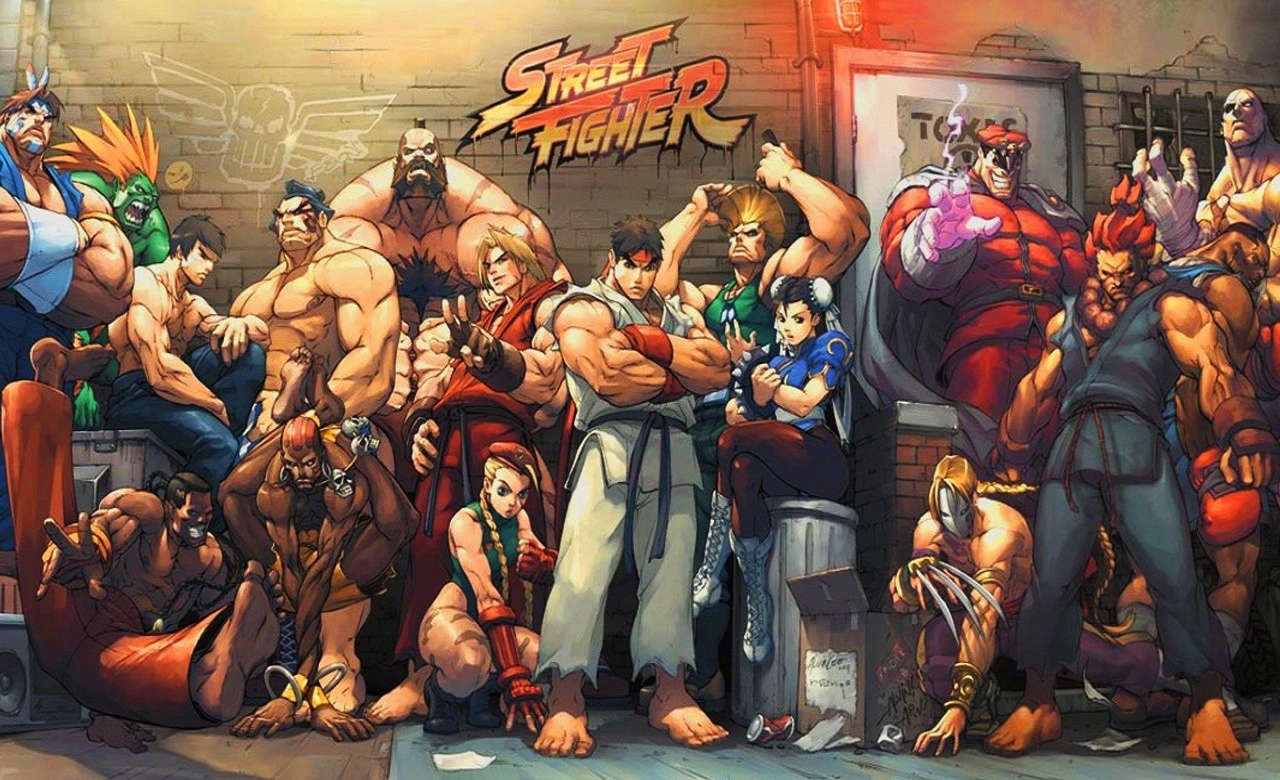Social networks have played a fundamental role in reshaping our social interactions and the way we communicate in the modern world. They have evolved immensely over the last decade, effectively solving the problem of distance communication and also making it easier to meet new people.
Platforms such as Orkut and MSN were pioneers in this field, but ultimately failed to adapt to the speed with which new technologies and new social media consumption habits were emerging. While Orkut was known for its vibrant community and MSN for its instant chats, both failed to innovate enough to stay relevant in an increasingly competitive and saturated market.
These new platforms have not only retained the features that people loved about the older networks, but also introduced new toolsIn this article, we'll take a look at the evolution of social media, such as live broadcasts, stories and ad targeting, which have transformed the way we interact and share our lives online. In this article we'll take a look at the evolution of social media in a decade: after all, how we got from Orkut to TikTok?

At the beginning of the internet era, access to social networks was fairly basic and simple, and there was not yet a developed mentality on the part of the brands to create a solid online positioning for your products or to use these digital channels as direct sales platforms.
In addition, content blogs such as ours, Universo de Apps, were relatively rare, which contributed to the limited availability of varied information on different topics or products. At that time, online interactions were predominantly superficialWith few companies recognizing the potential of the internet beyond a simple static advertising space.
The emergence of the first social networks
Orkut, a social network developed by Orkut Büyükköktenwas launched in January 2004 and quickly became a huge success, especially in Brazil and India. This platform allowed users to create personal profiles, add friends, participate in various communities and share interests.
It became particularly famous for its active communities and the ease of interaction between members. However, over the years, Orkut began to lose its popularity due to the emergence of new social networks and was officially discontinued in 2014.
On the other hand Facebook, which was created by Mark Zuckerberg together with his roommates at Harvard University in 2004, began as an exclusive network for students at selected universities. It quickly expanded to include other higher education institutions before opening up to the general public.

Facebook not only replicated many of the features that Orkut offered, but also introduced several other innovations that improved the user experience, such as a cleaner, more intuitive interface and more advanced interaction features.
These factors, together with an effective marketing strategy and strategic acquisitions of other platforms such as Instagram and WhatsApp, have helped Facebook establish itself as the world's leading social network. With millions of daily active users, Facebook has become one of the most influential companies in the world, affecting not only personal communications, but also global commerce and politics.
The Evolution of Platforms
The social networks have evolved in parallel with the rise of smartphones, becoming a crucial element in our interaction with technology. This symbiosis between social networks and mobile devices has changed not only how we communicate, but also how we consume information and entertainment. With smartphones, access to social networks is literally in the palm of our hands, encouraging fast and constant consumption of diverse content.
This ease of access boosts reduced attention spansSocial networks are designed to capture and retain users' attention with endless feeds, persistent notifications and algorithms that personalize and display content to maximize user interaction. This constant barrage of stimuli seeks to keep the user engaged and often distracted, making it difficult to concentrate on activities that require longer attention.
At the same time, social media has brought undeniable benefits such as expanding our ability to connect with people around the world, access information quickly and express creativity in innovative ways. The key to dealing with this evolution remains balance and self-awareness about the use of these platforms to ensure that they add value without overloading or overwhelming our ability to focus.
The "Visual Networks" Boom
The boom in visual networks, characterized by a more visual format of communication, has found a notable example in its manifestation through Instagram. Launched in October 2010 by Kevin Systrom and Mike KriegerInitially a simple photo-sharing app, Instagram quickly rose to prominence.
Its simple interface and innovative use of photo filters that instantly transformed ordinary photographs into stylized and attractive images contributed significantly to its rise. The ability to share life's moments in a visually pleasing way attracted millions of users, consolidating Instagram as a dominant platform among image-based social networks.
In addition, its popularity has been boosted by integration with other social networks, allowing users to share their photos from Instagram directly onto platforms such as Facebook and Twitter. On the other hand, Snapchat, created by Evan Spiegel, Bobby Murphy and Reggie Brown and launched in September 2011, introduced a new dimension to the era of digital communications with its concept of temporary messages.

The photos and videos uploaded to Snapchat disappear after they have been viewed, a proposal that mainly captivated the younger audience who were looking for more privacy and less permanence in the content shared online. In addition, innovative features such as "Stories", which allow photos and videos to be available for up to 24 hours, and augmented reality filters, have consolidated Snapchat as an innovative force on social networks, even influencing the strategies of competing platforms.
The impact of Instagram and Snapchat on the market and digital culture is profound. They redefined the way people interact online and how brands communicate with their consumers. Instagram has provided companies with a visual showcase for their products and services, while Snapchat has stood out for promoting more authentic and momentary communication.
The Age of Short Videos
TikTok, launched internationally in 2018, has become a global sensationand captivating a young audience with short, viral and highly creative videos. Its interactive interface and algorithm that personalizes the content viewed have revolutionized the way younger generations consume and produce content.
In addition to TikTok, other platforms such as Instagram's Reels and YouTube Shorts have also emerged, capitalizing on the short video trend. These platforms combine elements of fast entertainment with vast possibilities for creative expression, significantly influencing the social and online behavior of today's generation.
These transformations in the social media landscape bring with them new challenges and criticisms, which we'll address in the next segment. Read on to explore the challenges and criticisms faced by short video platforms.
Challenges and Criticism
The discussion on Mental Health Issues e Problems of misinformation in short-form videos on social networks is extremely pertinent in today's context. The popularity of these videos has brought with it a series of challenges for both individuals and society as a whole.
Mental Health
The impacts on mental health, particularly in young people and adolescents, are significant. Constant exposure to content that often idealizes unattainable lifestyles or physiques can lead to a range of psychological problems, including anxiety, depression and low self-esteem. In addition, addiction to social networks has been increasingly studied as a contributing factor to the deterioration of mental health, as excessive use can significantly interfere with daily activities, sleep and face-to-face social interactions.
Disinformation
In relation to disinformation, the short video format, popular on platforms such as TikTok and Instagram, often prioritizes speed and visual impact over accuracy and depth of information. This can lead to the spread of incorrect or incomplete information, which is especially dangerous when it comes to sensitive topics such as health, politics or social events. The speed with which these videos spread makes it even more challenging to control the spread of falsehoods.
Conclusion
Raising awareness about the effects of short-form videos is crucial, and educating users to verify information and understand mental health impacts is a fundamental step. Encouraging platforms to develop more robust fact-checks and promoting a healthy digital environment are measures that can benefit everyone involved.
To better illustrate other insights into the evolution of digital content, from Orkut to TikTok, below is a related video that will help you understand how social media has changed and the role it plays in users' daily lives.






